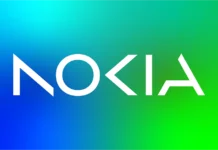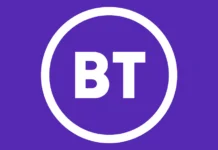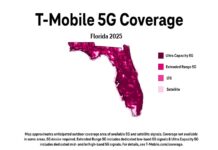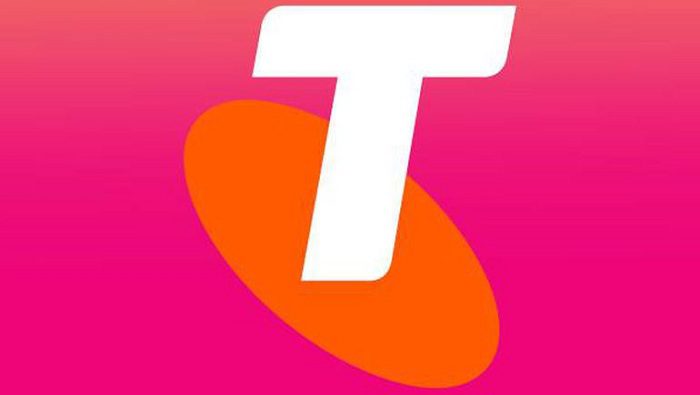On a reported basis, including the Ooyala impairment, total income was up 5.9 per cent, EBITDA was down 2.5 per cent, NPAT was down 5.8 per cent and basic EPS was down 3.4 per cent. On a guidance basis total income was up 5.4 per cent and EBITDA was up 2.4 per cent.
Excluding the impairment of Ooyala, announced on 2 February 2018, NPAT was up 9.5 per cent and basic EPS was up 12.2 per cent.
Shareholders will receive a total fully-franked interim dividend of 11 cents per share, comprising an interim ordinary dividend of 7.5 cents per share and an interim special dividend of 3.5 cents per share, consistent with the revised dividend policy and FY18 guidance. The interim dividend, to be paid on 29 March 2018 will return $1.3 billion to shareholders.
Telstra continued to add mobile customers, with 235,000 new retail mobile customers, including 130,000 post-paid handheld services added in the half. It has now increased its customer base in mobiles for 20 consecutive halves, despite intense competitive pressures.
Belong added 21,000 mobile customers in the price-sensitive segment since its launch in September.
In the nbn market, it added 454,000 connections, maintaining a 51 per cent market share (excluding satellite services). About 57,000 retail bundled customers were added during the half, with one third of these bundles including an entertainment component.
More than 1.5 million customers enjoyed watching Netball, NRL and AFL games through the Telstra Live Sports app last year. And there are now more than 1 million Telstra TV1 and TV2 devices in the market.
• Until the end of December 2017, Telstra had invested approximately $1.4 billion of additional capex, or around half of the up to $3 billion in our strategic investment program.
This investment is helping build the networks and platforms we need to support our customers’ growing use of data, now and for the future.
For example, we have upgraded our core infrastructure in Australia to enable support of a five times increase in capacity to meet future customer demand and improved resilience. Their next generation optical transport network has already been deployed on routes between five capital cities.
During the half we switched on our Cat M1 IoT capability, which has the largest IoT coverage in the country at around three million square kilometres. Telstra followed this in January with the launch of our Narrowband IoT capability which is now available over our mobile network in major Australian cities and many regional towns.
These investments continue to support industry-leading mobile differentiation, coverage, speed and resiliency. Telstra is now breaking through 1Gbps speed on 4G and gearing up for new speed milestones as we prepare for the rollout of 5G.




















